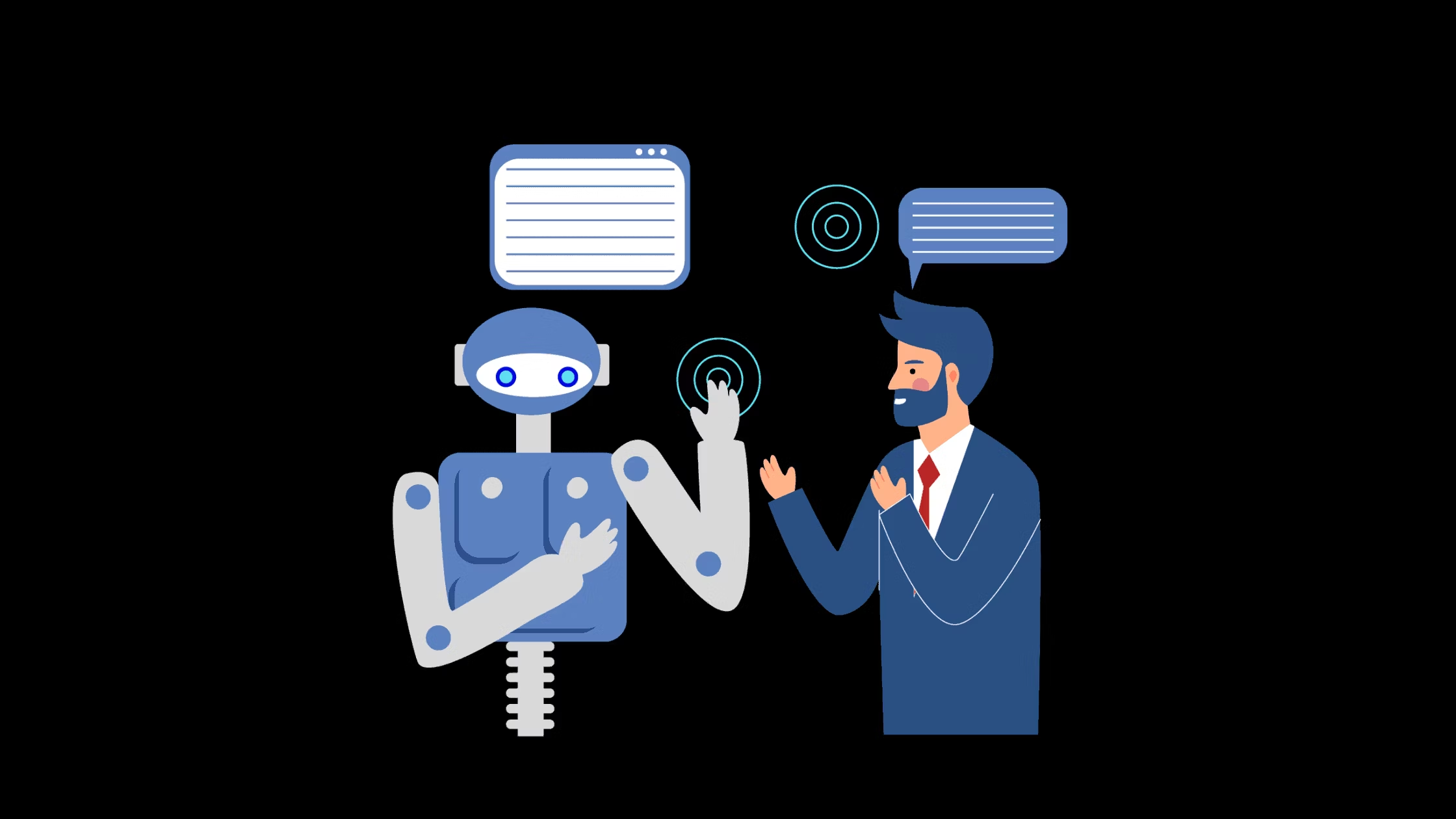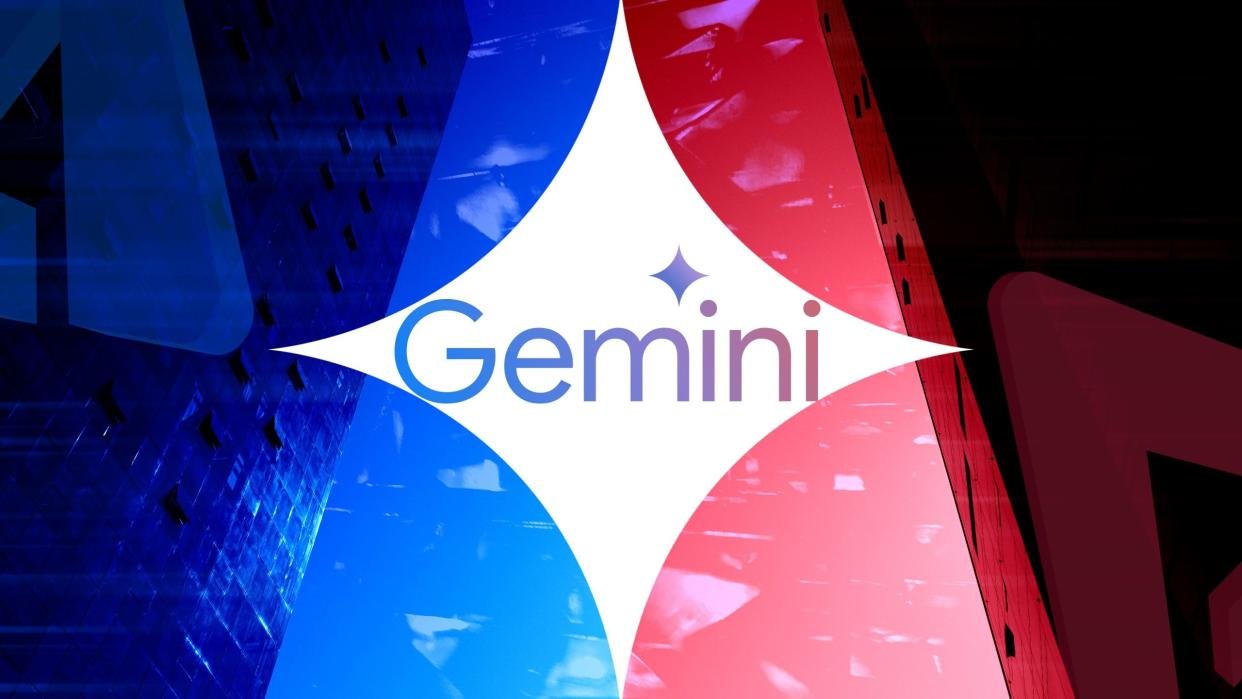ChatGPT, developed by OpenAI, stands out in the realm of artificial intelligence as a prominent example of a generative AI model. Known officially as a Generative Pre-trained Transformer, ChatGPT demonstrates how advanced machine learning techniques can simulate human-like text generation.
The Mechanics Behind ChatGPT
At its core, ChatGPT operates through a complex process involving large language models (LLMs) like GPT-3.5 and GPT-4. These models are essentially vast networks trained on a diverse and extensive dataset that includes a significant portion of the text available on the internet. This training involves digesting books, articles, websites, and other text formats to understand and predict human language patterns.
The Two-Phase Operation of ChatGPT
- Pre-training Phase: During this initial stage, the model is trained on the collected data to create what is known as a model’s weights. These weights help the AI determine the likelihood of a word following a sequence of words, essentially predicting text based on preceding input.
- Inference Phase: When a user interacts with ChatGPT by inputting a prompt, the model uses the pre-trained data to generate responses. This phase is autoregressive, meaning ChatGPT generates one word at a time, continually predicting the next word based on all the previous words in the sentence until a full response is formed.
How Does ChatGPT Generate Responses?
The response generation process in ChatGPT is intricate. It involves a transformer architecture, which utilizes a mechanism known as self-attention to weigh the importance of each word in a sequence to generate a coherent and contextually appropriate response. This architecture is a key component in enabling the AI to handle various tasks such as answering questions, writing content, or even coding.
Challenges and Limitations
Despite its capabilities, ChatGPT is not without limitations. It can generate incorrect or biased responses, and because it is not connected to the internet, its knowledge is static, confined to the data it was last trained on. Users are encouraged to critically evaluate the responses and provide feedback, which is vital for the ongoing training and improvement of the model.
Ethical and Practical Applications
The development and deployment of ChatGPT raise both practical uses and ethical considerations. From aiding in coding to providing company in conversation, the applications are vast. However, the potential for generating misleading information or biased content requires careful moderation and ongoing refinement of the model to ensure safety and reliability.
ChatGPT represents a significant step forward in natural language processing, capable of understanding and generating human-like text based on the training it has received. While it mirrors human conversational patterns remarkably well, the technology behind it relies on complex machine learning models and continuous feedback to improve and adapt to new information and user needs.



















Add Comment